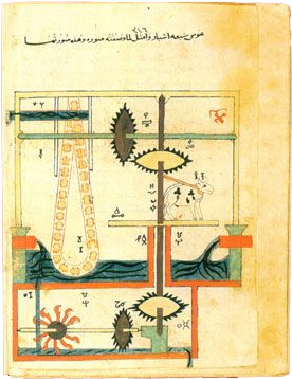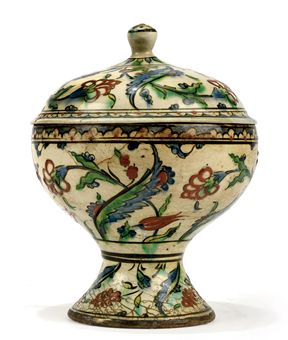Something different for today – a book review, the first of a three coming over the next week or so.
This one is close to my heart combining history, colour and textiles.
How perfect is that?
Colour in Textiles by Susan Kay-Williams (Bloomsbury Press, 2013) gives an introductory overview of natural and synthetic dyestuffs over time with lots of interesting facts along the way.
It’s set out in chronological order, starting with “Fragments and Glimpses; dyes from prehistory” and carries out a broad survey of how and why people coloured textiles – mainly in Europe.
After discussing madder, indigo and (roman) purple the second chapter moves into the Dark Ages and a discussion of the influences of Christianity and Islam on textiles and trade.
Chapter three moves to the Middle Ages and discusses the influences of heraldry, the crusades and the rise of blue, yellow and black dyes.
The book is full of interesting facts such as the effects of the sumptuary laws across Europe, which saw the rise of black dyes (notoriously difficult). Black became favoured by the merchant classes as it projected an air of status, whilst still keeping the wearer within the law.
Black was achieved by a laborious under dyeing with madder and overdyeing with tannins such as gall nuts.
Chapter six discusses the New World dyestuffs – mainly the introduction of cochineal.
The overview of the history of dyeing continues into the C16th and C17th when dyeing became more scientific leading to the introduction synthetic dyes such as Turkey Red – which, although it had up to 30 stages, was a valuable red dye because it was so colourfast.
There are fascinating snippets of information – Queen Victoria for example, wore a new mauve colour to a wedding and set the fashion for 1859-61.
The final chapter looks at the major dye developments during the C20th and C21st and the impact of world wars on supplies and trade.
The book ends with a discussion of the revival of natural dyeing by todays craftspeople.
Its a very easy to read book, a story more than a textbook and a valuable addition to the library of any dyer, textile artist, historian or crafter.














